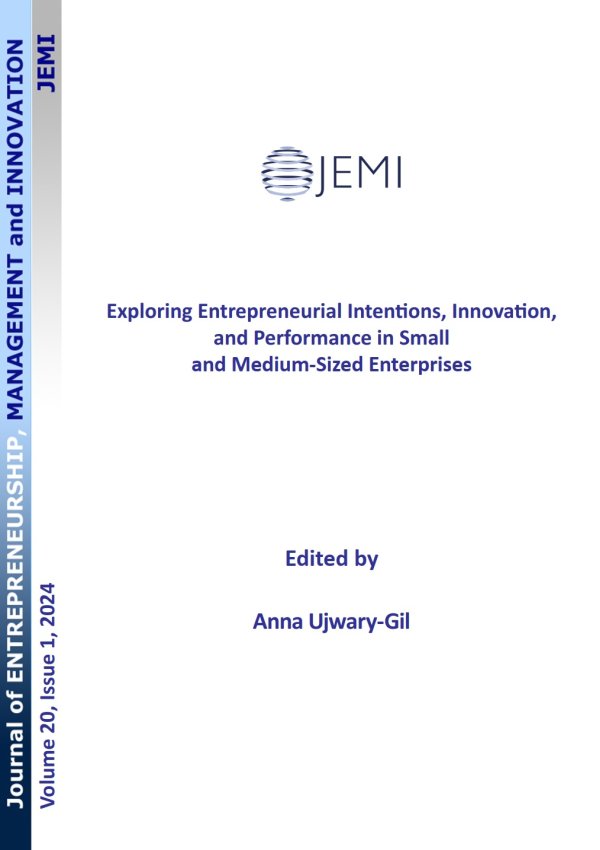Lebogang Mosupye-Semenya, Senior Lecturer, Johannesburg Business School, 69 Kingsway Ave, Auckland Park, Johannesburg, 2092, South Africa, e-mail: This email address is being protected from spambots. You need JavaScript enabled to view it. 
Abstract
PURPOSE: This study aims to identify the differences and similarities in the innovation systems of developing vs. developed countries that influence SMEs’ adoption of Fourth Industrial Revolution (4IR) technologies. There is a notable absence of comparative research between National Innovation Systems (NIS) of developing and developed countries. Additionally, the current scholarly conversation lacks a holistic view of NIS. Our study aims to fill these gaps by employing Lundvall’s framework to explore both developed and developing countries’ systems comprehensively. METHODOLOGY: The data was collected through a Systematic Literature Review, identifying a total of 695 publications from SCOPUS, Web of Science (WoS), and ProQuest. The PRISMA process was adhered to, resulting in 32 papers undergoing quality evaluation using Gough’s ‘weight of evidence’ guidelines. Twenty-nine primary papers were selected, comprising twelve from developed countries, another twelve from developing countries, and the remainder from both categories. Using Qualitative Meta-synthesis (QMS) with ATLAS.ti, a systematic alignment of codes with research inquiries pertaining to NIS ensued, revealing a multifaceted spectrum of findings across these scholarly investigations. FINDINGS: We found that there are similarities and differences between the innovation systems of developed and developing nations. The similarities include the intra-firm interactions taking place between managers and workers, inter-firm relations between the SMEs and Academia and other SMEs, as well as the role of the government in providing funding and regulation (albeit at significantly varying degrees). The most significant differences observed were in the funding mechanisms, the role of the government, and the R&D systems. It was found that governments in developed countries provided SMEs with substantial incentives, tax credits, and subsidies to adopt 4IR technologies, which appears to positively impact the adoption rate. We conclude by developing a conceptual framework for the NIS necessary for the adoption of SMEs’ 4IR technologies in developing countries. IMPLICATIONS: This study contributes to the literature on innovation systems by examining the NIS of both developed and developing countries. This analysis allows us to gain deeper insights into how specific aspects of each country (developed or developing) affect (positively or negatively) SMEs’ adoption of 4IR technologies. Practically, it informs governments in developing countries on which aspects to focus on in their NIS to increase the rate of the adoption of 4IR technologies by SMEs. ORIGINALITY AND VALUE: A distinctive aspect of this study lies in the creation of a comprehensive conceptual model delineating the essential components of the innovation system pivotal for the successful integration of 4IR technologies within SMEs. This model is designed to serve as a practical tool for governments in developing countries, providing a structured framework to facilitate and enhance the strategic development of their innovation landscapes.
Keywords: national innovation systems, fourth industrial revolution technologies, SME, adoption, developed countries, developing countries, comparative analysis, government policies, Lundvall’s framework, qualitative meta-synthesis






